#Anton Giulio Majano
Explore tagged Tumblr posts
Text


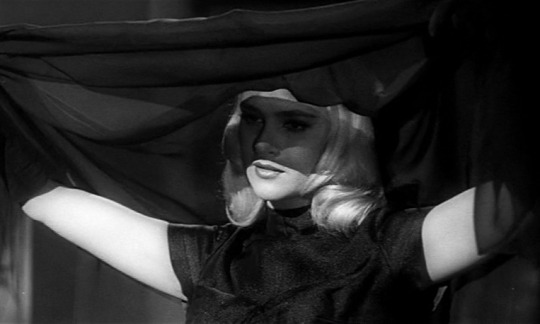


Seddok, l'erede di Satana (AKA Atom Age Vampire) | Anton Giulio Majano | 1960
Susanne Loret
201 notes
·
View notes
Text

Alberto Lupo in Atom Age Vampire (Seddok, l'erede di Satana, 1960)
#seddok l'erede di satana#atom age vampire#alberto lupo#1960s horror#1960s movies#anton giulio majano#horror
59 notes
·
View notes
Text

Atom Age Vampire (Seddok, l'erede di Satana), US lobby card #1. US theatrical release 1963
#Atom Age Vampire#Seddok l'erede di Satana#Anton Giulio Majano#Alberto Lupo#Susanne Loret#Sergio Fantoni#Lobby Card#Lobby Cards
3 notes
·
View notes
Text
Continuing their time in Italy, your deadicated hosts encounter SEDDOK, L'EREDE DI SATANA aka ATOM AGE VAMPIRE (1960) from director Anton Giulio Majano!
Designed to cash in on Mario Bava's success, this horror flick doesn't have much going for it...not to mention the gorilla on the loose!
Context setting 00:00; Synopsis 8:28; Discussion 18:23; Ranking 32:41
#podcast#horror#classic horror#italian horror#seddok#l'erede di satana#atom age vampire#anton giulio majano#elio ippolito mellino#mario fava#alberto lupo#susanne loret#sergio fantoni#franca parisi#andrea scotti#roberto bertea#ivo garrani#eyes without a face#aldo giordani#gabriele varriale#armando trovajoli#SoundCloud
4 notes
·
View notes
Text
SEDDOK aka ATOM AGE VAMPIRE Reviews and free to watch online
‘You’ll gasp with horror… A spine-tingling motion picture only the atom age could produce!’ Seddok is a 1960 sci-fi horror film in which an exotic dancer is disfigured in a car accident. A scientist develops a treatment that restores her beauty but to preserve her appearance the doctor must give her additional treatments using glands taken from women he murders. Directed by Anton Giulio Majano…

View On WordPress
#1960#Alberto Lupo#Anton Giulio Majano#Atom Age Vampire#film#free to watch online#horror#Italian#l&039;erede di Satana#movie#review reviews#Seddok#Susanne Loret
0 notes
Text

Maja Salvador via Instagram
#maja salvador#filipino#anton giulio majano#filipino fc#asiancentral#userthing#filipina#femalestunning#wonderfulwomendaily#femaledaily#december 2023
0 notes
Text
Mi sono deciso a vedere la serie Netflix "Briganti", ma già dalla sigla ricevo il primo shock e mi assale la nostalgia per la sceneggiato RAI di Anton Giulio Majano "L'eredità della priora". Un capolavoro del 1979 che si è intrecciato in molti modi con la mia vita. Ma non è di questo che voglio parlarvi.
Quello che voglio sottolineare è che tutte e due le serie si sono avvalse per la sigla della canzone "Brigante se more" dei Musicanova, ma, inspiegabilmente, in questa nuova versione ascoltiamo l'ultima strofa del brano, cantata dall'onnipresente Raiz, con una parola assurdamente modificata.
Omme se nasce brigante se more
Ma fino all'urdemo avimma sparà
E se murimmo menate nu ciore
È 'na *preghiera* pe' 'sta libertà
(È' na *preghiera* pe' 'sta libertà)
Ebbene, laddove nell'originale si diceva "jastemma" (bestemmia), qui si dice "preghiera".
Ma perché? E perché Eugenio Bennato ha concesso questa melensa modifica?
Mi chiedo se Carlo d'Angiò, coautore del brano, morto otto anni fa, sarebbe stato d'accordo.
Aggiungo che tutta la colonna sonora dell'Eredità della priora era di Eugenio Bennato e Carlo d'Angiò e fu raccolta in un album bellissimo dei Musicanova che ha fatto la storia della musica neo-popolare meridionale. Io conservo ancora il vinile come un cimelio stropicciato e graffiato dal tempo e sono andato a rileggermi il testo per vedere se per caso non fossi io a ricordare male.
Ricordavo bene e continuo a provare fastidio per questa parola edulcorata, ribaltata, stravolta.
Di certo questo condizionerà la mia visione dei Briganti di casa Netflix.
3 notes
·
View notes
Link
0 notes
Video
Lea Padovani by Truus, Bob & Jan too! Via Flickr: Italian postcard by Nannina, Milano. Lea Padovani (1923-1991) was an Italian stage and film actress. She appeared in 60 films between 1945 and 1990. She starred in the French crime film Le Dossier noir/Black Dossier (André Cayatte, 1955) which was entered into the 1955 Cannes Film Festival. Lea Padovani was born in Montalto di Castro, in 1923. Against her father's advice, Lea enrolled at L'Accademia d'Arte Drammatica, the National Academy of Dramatic Art in Rome, which she left in 1944. She made her debut as a soubrette in Garinei and Giovannini's revue 'Cantachiaro'. The following year, she was part of Erminio Macario's company in 'Febbre azzurra'. She demonstrated excellent acting skills and enjoyed great success. Her meeting with Macario led to work in the film industry. She made her film debut with the female leading role in the comedy L'innocente Casimiro/The Innocent Casimiro (Carlo Campogalliani, 1946) starring Erminio Macario. In 1946 she began her long and successful career as a theatre actress with Armand Salacrou's 'Un uomo come gli altri' and with Jean Cocteau's 'I parenti terribili' in Luchino Visconti's Milanese revival. In 1953, she was alongside Ruggero Ruggeri on a tour to London and Paris with 'Enrico IV' and 'Tutto per bene'. In 1954 she was awarded a special Nastro d'Argento (Silver Ribbon award) for her theatrical performances. From 1947 Lea Padovani appeared in international films, such as Una lettera al Alba/Letter at Dawn (Giorgio Bianchi, 1948) and the British social drama Give Us This Day (Edward Dmytryk, 1949) with Sam Wanamaker. Orson Welles originally cast Lea as Desdemona in his 1952 film production of Othello back in 1948. After Welles began the filming in Venice, producer Montatori Scalera informed Welles that he wanted to make Verdi's opera, not the Shakespearean play, so the money ran out and the film was shelved. By the time the film was made years later, Lea had been replaced by Suzanne Cloutier. She starred in the French crime film Le Dossier noir/Black Dossier (André Cayatte, 1955) which was entered into the 1955 Cannes Film Festival. A big hit was the comedy Pane, amore e...../Scandal in Sorrento (Dino Risi, 1955) in which she co-starred with Sophia Loren and Vittorio De Sica. In the 1950s, Padovani also took part in several TV dramas, including Piccole done (Anton Giulio Majano, 1955), Il romanzo di un giovane povero (Silverio Blasi, 1957) and Ottocento (Anton Giulio Majano, 1959-1960). During the 1960s, the stage and television became more important than her film career. In 1990, she made her last film, La putain du roi/The King's Whore (Axel Corti, 1990) with Timothy Dalton and Valeria Golino. Shortly before her death, the actress told writer Renzo Allegri about her encounters with Padre Pio in the late 1950s, asking for help for one of her lovers, who was terminally ill with cancer. She died in 1991 of a heart attack. In 2006, director Oliver Parker directed the film Fade to Black, based on the novel Fade to Black by Davide Ferrario, inspired by a fictional story involving the actress, played in the film by Paz Vega, and the director Orson Welles, played by Danny Huston. In 2012, a theatre named after Lea Padovani was inaugurated in Montalto di Castro by Mayor Sergio Caci and Culture Councillor Eleonora Sacconi. Sources: Wikipedia (Italian and English) and IMDb. And, please check out our blog European Film Star Postcards.
#Lea Padovani#Lea#Padovani#Italian#Actress#Actrice#European#Film Star#Film#Cine#Kino#Cinema#Movie#Movies#Picture#Screen#Filmster#Star#Vintage#Postcard#Nannina#flickr
0 notes
Text
youtube
-- Atom Age Vampire (1960) Full Movie | Anton Giulio Majano | Alberto Lupo, Susanne Loret --
See, this is what happens when you don't submit your research to the IRB.
In a way,this reverberates in I Come in Peace, albeit with drug panic replacing misogyny.
0 notes
Video
Alberto Lupo, Susanne Loret, Sergio Fantoni | Atom Age Vampire (1963 US...
Atom Age Vampire (originally an Italian: movie named Seddok l'erede di Satana) is a 1960 Italian horror movie. The film was directed by Anton Giulio Majano. It was shot in black and white, and the film was produced by Elio Ippolito Mellina. The stars are Alberto Lupo, Susanne Loret, and Sergio Fantoni set in France. Even though there are no vampires in the film, it was released in the US as Atom Age Vampire in 1963 in an 87-minute version. When a stripper (played by Susanne Loret) becomes disfigured in a car accident, a scientist (Dr. Levin, played by Alberto Lupo) develops a treatment to restore her beauty by injecting her with a special serum. While performing the procedure, however, he falls in love with her. As the treatment begins to fail, he determines to save her appearance, regardless of how many women he must kill for her sake. Despite the implication of its American title, the film does not feature an actual vampire. The titular Seddok is the brilliant but deranged scientist Dr. Levin, mutated by a chemical formula created using radiation. Dr. Levin studied the effects of radiation on living tissue in post-Hiroshima Japan and made an imperfect and teratogenic serum, "Derma 25", which he later refined into the miraculous healing agent "Derma 28", which he used to treat the heroine. Never miss a video. Join the channel so that Mr. P can notify you when new videos are uploaded: https://www.youtube.com/@nrpsmovieclassics
0 notes
Text

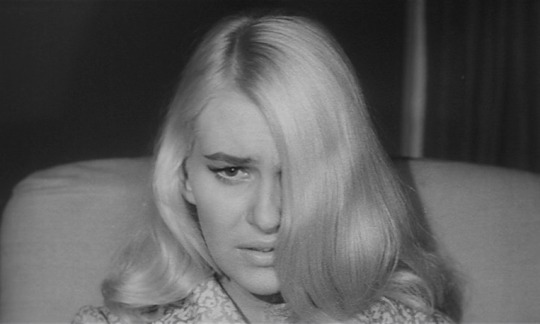
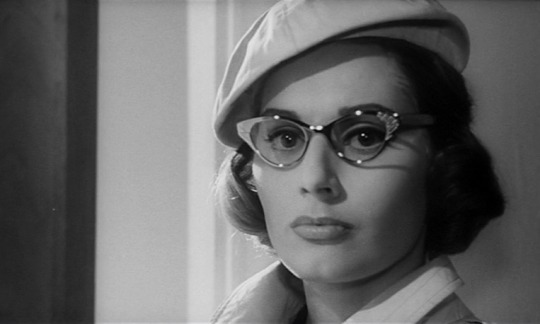
Seddok, l'erede di Satana (AKA Atom Age Vampire) | Anton Giulio Majano | 1960
Franca Parisi, Susanne Loret
#Franca Parisi#Susanne Loret#Anton Giulio Majano#Seddok l'erede di Satana#Atom Age Vampire#1960#Seddok
102 notes
·
View notes
Text
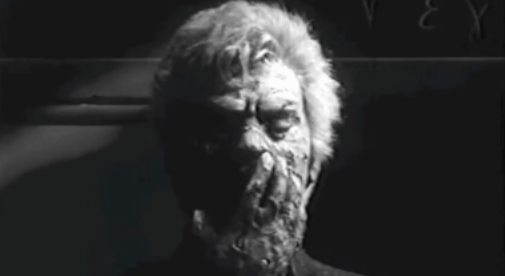
Seddok, l'erede di Satana (1960)
#seddok l'erede di satana#seddok#atom age vampire#alberto lupo#1960#1960s horror#1960s movies#anton giulio majano#horrorgifs#my gifs#gif#vampire gif
55 notes
·
View notes
Text

Atom Age Vampire (Seddok, l'erede di Satana), US lobby card #8. US theatrical release 1963
#Atom Age Vampire#Anton Giulio Majano#Alberto Lupo#Susanne Loret#Lobby Card#Lobby Cards#Seddok l'erede di Satana
2 notes
·
View notes
Text
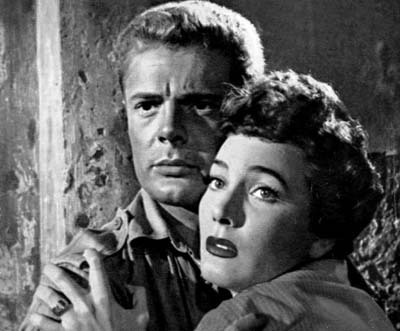
Marcello Mastroianni-Gianna Maria Canale "L´eterna catena" 1952, de Anton Giulio Majano.
10 notes
·
View notes
Photo
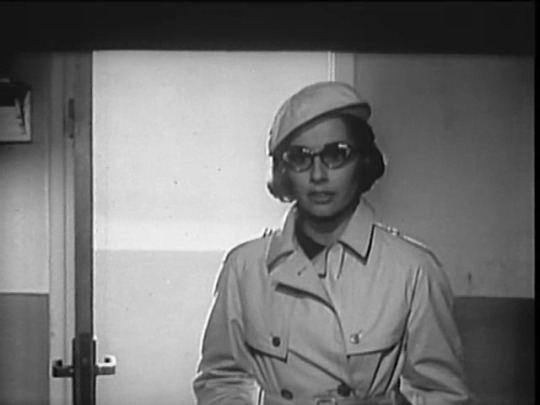
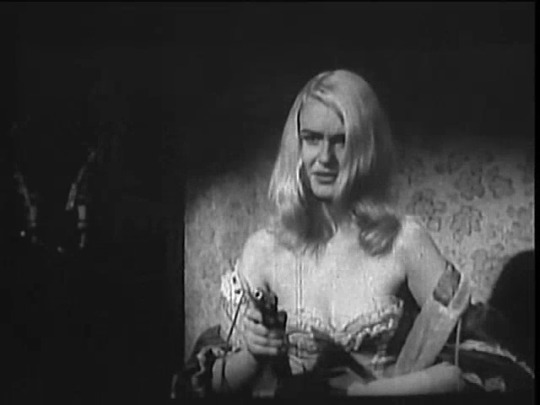
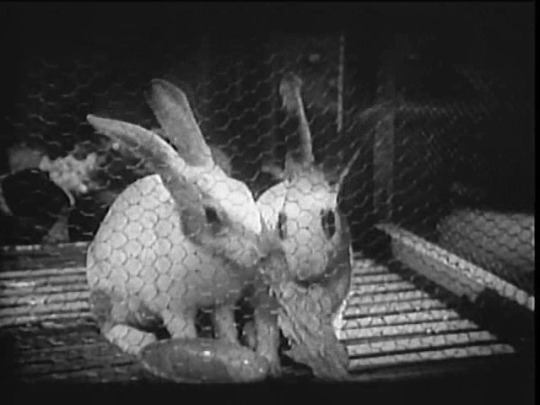

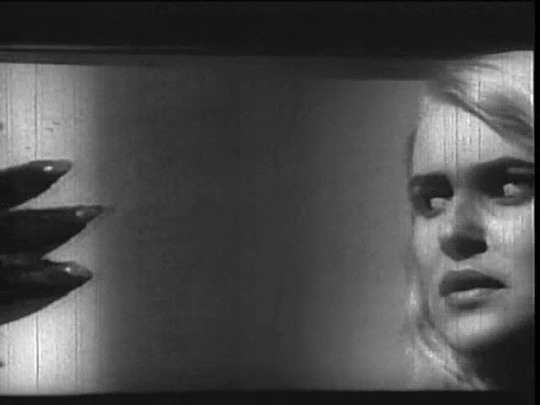
seddok, l’erede di satana / atom age vampire (it, majano 60)
15 notes
·
View notes